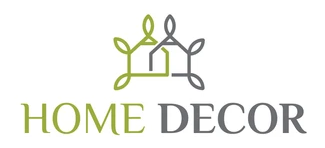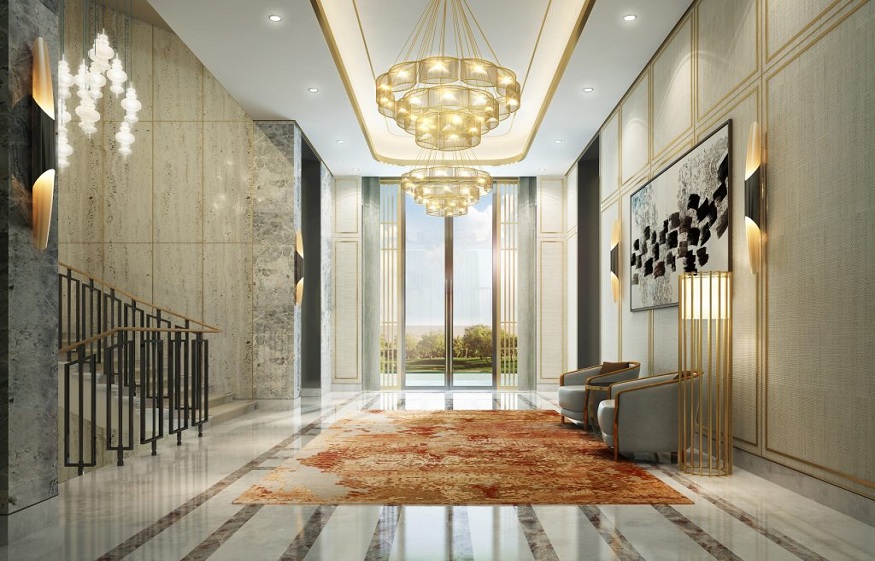Commercial building interior design stands out as the practice of producing business areas that unite beauty and utility. The field of commercial interior design serves unique purposes due to its assessment of business operational support combined with brand representation. The development process for multifunctional spaces requires designers, architects and business owners together with additional experts to work towards successful implementations.
When developing business environments professionals need to establish suitable proportions between appearance quality and fulfilling tasks. The specified areas need to maximize their operational capabilities alongside ensuring employee comfort generating customer satisfaction and operating effectively. Quality commercial interior design solutions deliver remarkable business success by improving staff contentment while optimizing workflows and creating favorable initial interactions for clients and business partners.
Being Aware of Business Needs and Goals
Assessing the exact demands and aims of the company constitutes the first imperative in commercial building interior design. The first meeting between business owners and important stakeholders happens with professional designers who discuss corporate vision and practical needs together with an exploration of organizational culture. Consultations throughout the exploration stage focus on space requirements which detail operational needs, staff capacity, and client interaction requirements along with distinct functional demands.
Designers work to represent company brand identity through assessments of design element transmission methods. Brand colors and environment design that support organizational work style exist alongside design choices that articulate corporate values. The design requirements of legal practice for private client meetings differ from the creative agency’s need for collaborative areas for brainstorming.
During this first stage of planning, timetables and budget considerations are also defined. It is easier for designers to create solutions that satisfy business requirements without going over budget when financial limits are communicated clearly. Any essential building or remodeling work must be included in the project timeframe, along with all design and implementation phases.
Designing the Layout and Space Planning
The next step for office design consultants is space planning after business demands have been identified. This critical stage entails laying out the layout of various spaces to optimize available square footage and facilitate productivity. Designers draft comprehensive floor plans that illustrate where workstations, conference rooms, reception areas, break rooms, and other functional zones should be located.
When developing a facility, traffic flow needs to be properly taken into account. It is possible to roam freely throughout the room since designers make sure that the routes connecting different regions are clear and reasonable. They plan their spaces with the daily interactions of their staff in mind. Putting printing stations in central areas that are easily accessible or making sure departments that commonly collaborate are situated close to one another are two examples.
The design must also adhere to building requirements and accessibility guidelines. Opposite to emergency exits designers guarantee complete accessibility while also making sure such areas welcome everyone regardless of their physical abilities. Their area division and organization decisions incorporate elements such as privacy requirements and noise management and natural light access.
Commercial interior design requires picking furniture items that smoothly combine functional, durable, and comfortable features with attractive visual elements. Office design consultant perform this selection. Product use requires commercial furniture products that fulfill both ergonomic needs and design concepts.
The special focus is placed on workstations and seating since employees spend long hours using these elements. Height-adjustable workstations together with ergonomic chairs are appearing frequently in offices primarily for employees’ physical health and to prevent repetitive strain injuries. Designers make sure that the sizes of the furniture encourage pleasant work positions and suitable staff space.
Designers choose gathering tables, lounge chairs, storage options, and specialty items in addition to individual workstations. Each choice is made with the piece’s longevity, visual contribution to the design, and intended use in mind. For special needs or unusual places that cannot be satisfied by typical furniture options, custom furniture solutions may be created.
Technology Integration and Infrastructure Planning
Infrastructure for technology must be smoothly integrated into the interior architecture of modern commercial buildings. IT experts and designers collaborate to make sure that areas can accommodate both present and future technological requirements. Planning for sufficient data connectivity, power access, audiovisual systems, and other technological needs is part of this.
Meeting spaces need special consideration when it comes to integrating technology. It is necessary to integrate presentation systems, video conferencing features, and teamwork tools in ways that are both practical and aesthetically pleasing. Cable management systems guarantee that all required tech connections are available while keeping a neat, polished look.
Although some infrastructure needs have been lessened by wireless technology, planners still need to take locations for Wi-Fi access points, charging stations, and equipment rooms into account. Design solutions that may change to meet changing technological needs without requiring significant upgrades are also crucial for future flexibility.
Graphics and Color Schemes
Choosing colors for commercial interior design is more than just personal taste. Color schemes that enhance workplace functionality, foster appropriate emotions, and support brand identification are selected by designers. These decisions are based on color psychology theories, which show that various colors have modest effects on emotions and behavior.
In addition to wall colors, visual components that improve the room include artwork, graphics, and ornamental accents. These components can help environment navigation, add visual appeal, or reinforce brand messaging. In commercial contexts, these decisions have specific purposes within the larger design concept and are strategic rather than merely cosmetic.
Additionally, texture and pattern are significant in commercial settings. While aiding in the definition of various functional zones, these components provide tactile and visual interest. While work areas may employ subtler differences to keep attention, a reception area may use more dramatic textures and patterns to make a lasting first impression.
Soundproofing and Noise Control
When designing the inside of a business structure, acoustics are quite important, especially in open-plan spaces. Several techniques are used by designers to control noise and produce
Zone planning also takes acoustic requirements into account, placing noisy activities far from places that demand focus. Spaces for private discussions or concentrated work in more public settings are offered by phone booths, focus rooms, and meeting pods. Additionally, in order to lessen the attention of discussions going on around them, designers could suggest sound masking technologies that produce inconspicuous background noise.
Conclusion :
Commercial interior design requires multiple field-based knowledge to perform its intricate multidimensional process. The proper execution of such design enhances organizational success through its positive effects on staff welfare together with brand visibility and practical building systems. Office design consultation along with commercial interior design services will remain vital for businesses that want to build optimal spaces for their personnel and operational needs because changing workplace requirements persist.


